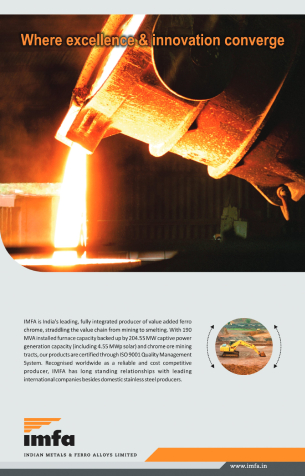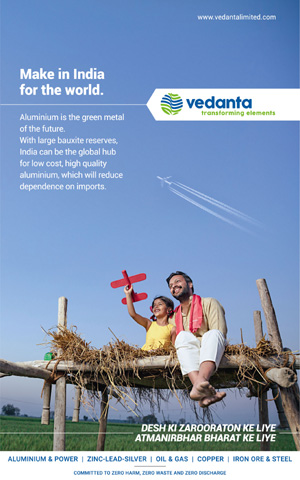Bengaluru has high levels of radioactive radon: IISc
BENGALURU, FEB. 4: Indian Institute of Science (IISc) researchers have found hazardous radioactive radon to be present in air and water in the outskirts of Bengaluru, especially where granite mining is on the rise. Radon particles, when ingested, can get trapped in the lungs and over time increase the risk of lung cancer.
According to experts, radon derives naturally from uranium through radioactive transformation, as it undergoes radium decay before it is transformed into a chemically reactive atom.
Radon is found to be 1000 micrograms per litre against the permissible limit of 30-60 grams per litre in parts of Bengaluru as per the initial studies by the researchers. This finding has now made them put the study of radon in water on the top of the priority list.
Presence of radon in air and water leads to damage of lung tissues, threatening cancer of the lungs while presence of uranium affects the urinary tract, leading to kidney cancer. As radon comes naturally from uranium, the researchers realised uranium content could be high too. They found high content of uranium in groundwater, in the outskirts of Bengaluru, including Chikkaballapur, Kolar, Chintamani and Pavagada.
Researchers said the level of uranium is found to be up to 8000 micrograms per litre in water against the permissible limit of 60 micrograms per litre, in some parts of city outskirts. In Chikkaballapur, Kolar and Chintamani it ranges from 5000-6000 micrgrams per litre. “The measure of radon is being studied as it is a matter of concern” Srinivasan said.
Radon in air is not a major matter of concern if the area is well ventilated. It should not accumulate indoors, said Prof R Srinivasan, from Divecha Centre for Climate Change (DCCC), IISc. He was speaking to the The New Indian Express on the sidelines of the first day of the two-day-long training programme for health professionals on ‘Health In a Changing Climate: Empowering Health Professionals’ at IISc,
Bengaluru.
No further studies on radon: Officials
Dr H Paramesh, World Health Organisation (WHO) consultant and professor at DCCC, also confirmed that initial studies have found radon in some places like Chikkaballapur to be 1,000, against the permitted levels of 30- 60 micrograms per litre.
Interestingly, while some officials at Ground Water Board, now retired, had studied the presence of Radon in water, present working officials admitted that they have not taken up further studies on it. Srinivasan said attention was also being paid on how to dispose of the treated water which also has high content of Uranium.
He said studies on water of reverse osmosis (RO) has found to be having high content of Uranium and has been a matter of concern. Meanwhile, researchers also said that Uranium comes from minerals like bitumen, and zircon, monazite, among others.
Radon in air, water can cause cancer of lungs, kidneys
Presence of radon in air and water leads to damage of lung tissues, threatening cancer of the lungs while presence of uranium affects the urinary tract, leading to kidney cancer.
-TNIE






